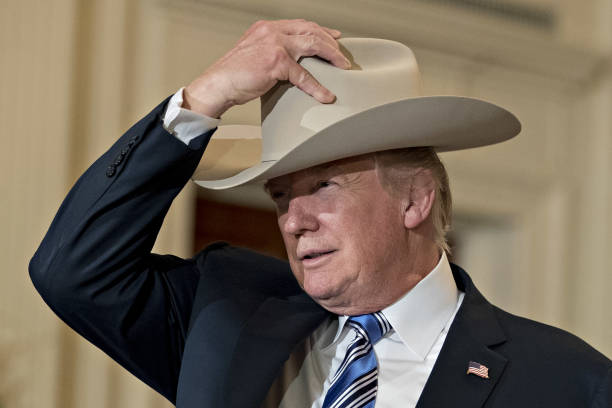


The border dispute between Texas and the federal government has reignited calls for Texas secession. The U.S. Supreme Court allowed the U.S. Border Patrol to cut the razor wire Texas installed along the border of Mexico, leading to a standoff between Texas and the federal government. While the possibility of Texas secession and a civil war in 2024 are unlikely, the standoff is designed to draw media attention to topics that Governor Greg Abbott wants to highlight. The upcoming 2024 presidential election and the state's push to make immigration a voting issue are fueling the debate on state rights. The standoff comes at a time of increased violence, with one in four Americans believing that violence may be the only solution to modern political issues. The Texas Nationalist Movement has been pushing to put the question of Texas secession on the 2024 election ballot, but their efforts were rejected by the state Republican Party. Governor Abbott's defiance has been backed by state and federal officials, including former President Donald Trump. Far-right groups have called for a civil war in Texas, and there have been public office candidates and officials who have signed the Take Texas Back pledge. It is important to note that there is a continuity between the forces seen today and those historically present in American society. [37cebff6]
Campaigns for secession are taking place at local and state levels in the United States. Efforts to secede from the US and form their own republic are gaining support in conservative areas. Some localized efforts have succeeded, such as the incorporation of the new city of St George in Louisiana and the support for secession from eastern Oregon to join Idaho. Other secession campaigns include the State of Jefferson in Northern California and southern Oregon, Buckhead in Atlanta, Weld County in Colorado, and the push for Texas independence. However, breaking away from the United States entirely is unlikely due to constitutional limitations. The secession campaigns highlight the political and economic consequences of such a move. [03a0d97f]
In a broader context, the American South is experiencing significant political and economic shifts. Recent analysis indicates that the South now accounts for 40% of the U.S. population, up from less than a third in 1950. Southern cities like Miami, Dallas, and Houston are witnessing significant growth in their foreign-born populations, contributing to the region's increasing political and economic power. The GOP currently controls most state houses in the South, and demographic shifts could potentially lead to an increase of 30 more House seats for the region. As the South continues to grow, former President Donald Trump is expected to win all former Confederate states, while Georgia and North Carolina are shifting Republican. The implications of these changes could be profound, especially with the potential for a Kamala Harris presidency, which may not favor the South. Analysts suggest that Democrats could gain by moderating their positions to appeal to the evolving electorate in this region. [9ec56b12]